As the sun dips below the horizon, a whole new world awakens. The night brings forth creatures perfectly adapted to hunt in darkness, each with its own set of remarkable abilities. These nocturnal predators have evolved fascinating ways to locate and catch their prey, often relying on senses far keener than our own. From silent flight to infrared vision, the methods these animals use are as varied as they are clever. Join us as we explore 15 of these night-time hunters and uncover the secrets behind their successful pursuits.
Barn Owl
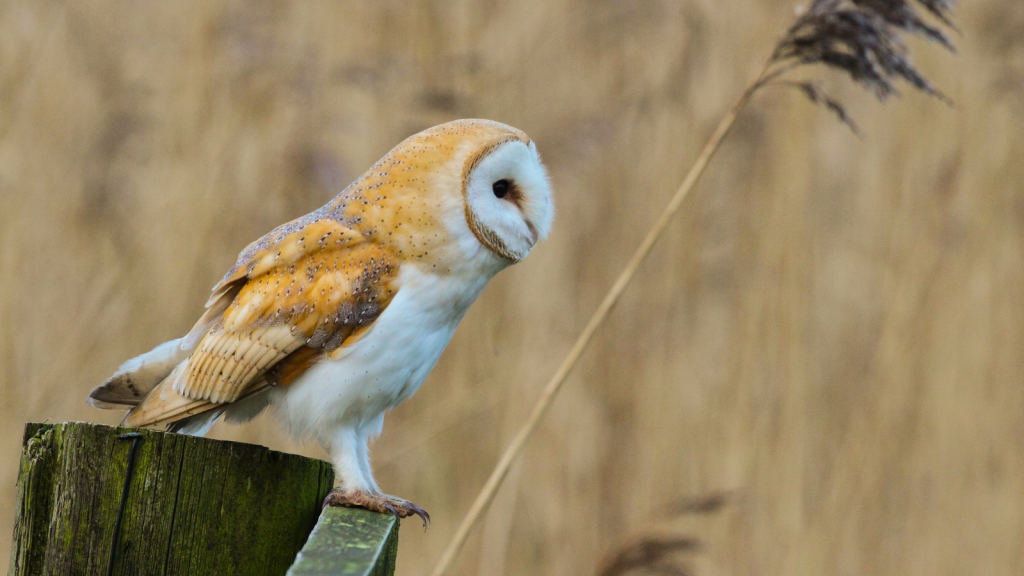
Barn owls are masters of silent flight, thanks to their specially designed feathers. Their exceptional hearing allows them to pinpoint the exact location of small mammals in complete darkness. These owls can even detect the sound of a mouse’s heartbeat from several metres away, making them incredibly efficient hunters. Barn owls have asymmetrical ear openings, with one ear higher than the other, which helps them locate prey in three dimensions.
Leopard
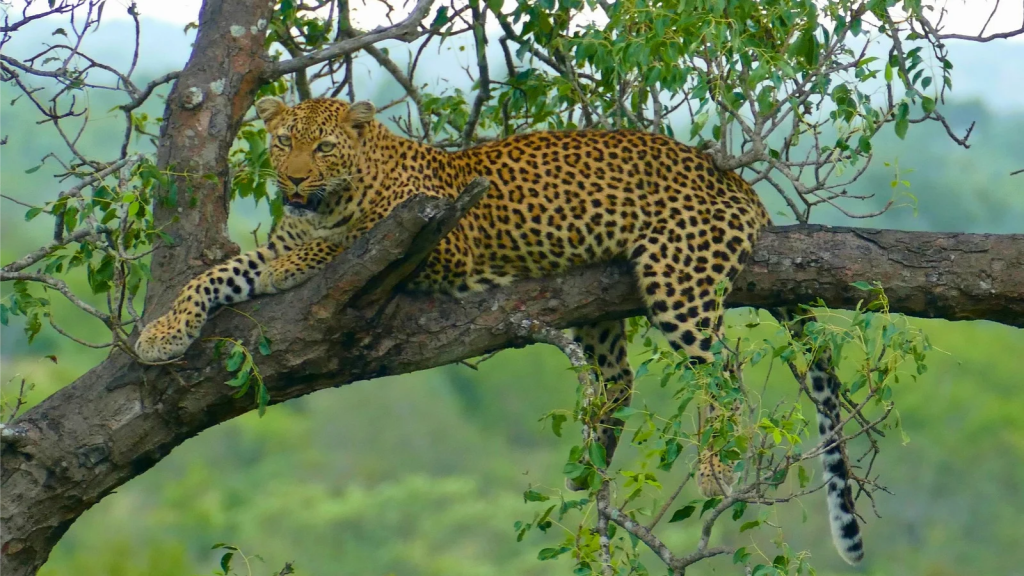
Leopards have excellent night vision, with eyes that are six times more sensitive to light than human eyes. They rely heavily on their keen eyesight and acute hearing to track down prey in the dark. Leopards are also patient stalkers, often waiting for the perfect moment to pounce on unsuspecting animals. Their spotted coat provides excellent camouflage in dappled moonlight, allowing them to blend seamlessly into their surroundings.
Tawny Frogmouth

These Australian birds are often mistaken for owls but are actually more closely related to nightjars. Tawny frogmouths have enormous mouths that they use to catch insects in flight. They sit motionless on tree branches, perfectly camouflaged, waiting for prey to come within striking distance. Their mottled grey-brown plumage allows them to mimic the appearance of broken tree branches, making them nearly invisible to both prey and predators.
Giant Centipede
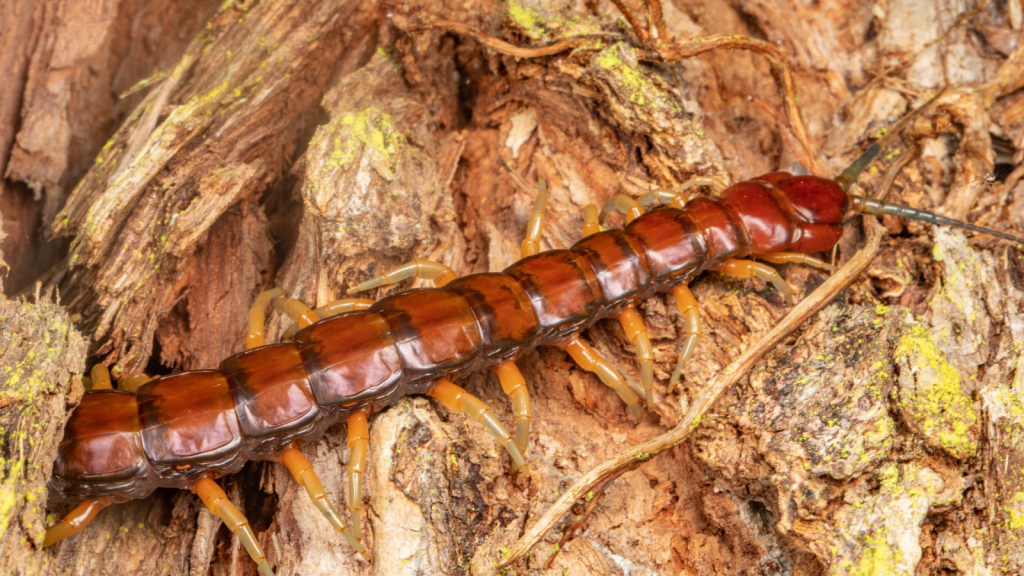
These formidable arthropods use their long antennae to sense vibrations and chemical trails left by their prey. Giant centipedes have excellent night vision and can move incredibly quickly to chase down their targets. They inject venom through their powerful forcipules to subdue their victims. Some species of giant centipedes can grow up to 30 centimetres long and are capable of taking down prey much larger than themselves, including small reptiles and mammals.
Spectral Bat
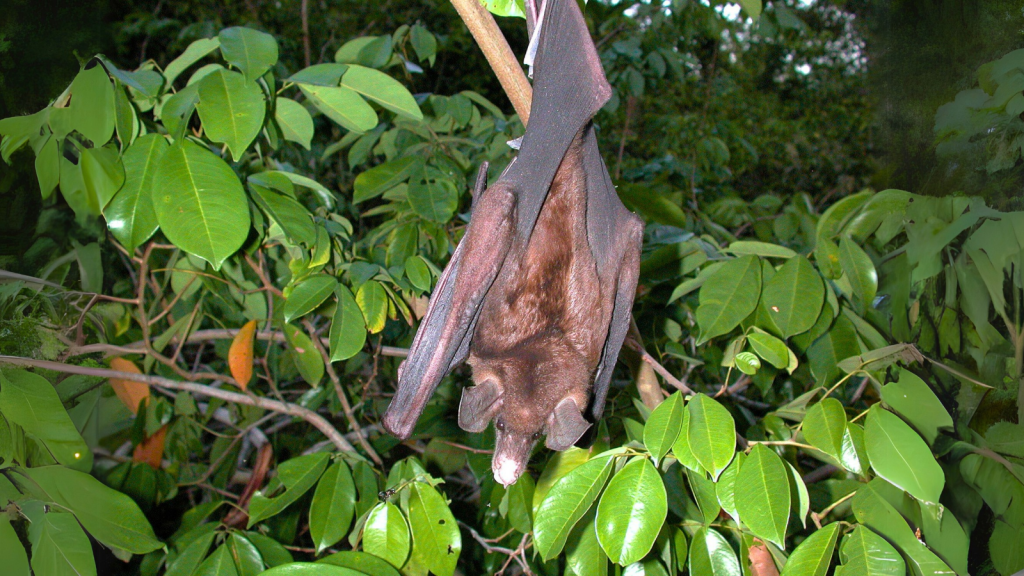
Spectral bats, the largest carnivorous bats in the Americas, use echolocation to find their prey. They emit high-frequency sounds and listen for the echoes to build a detailed ‘sound picture’ of their surroundings. These bats can detect prey as small as a mouse from over 10 metres away. Spectral bats have a wingspan of up to 90 centimetres and are strong enough to carry off prey weighing up to half their own body weight.
Leopard Gecko
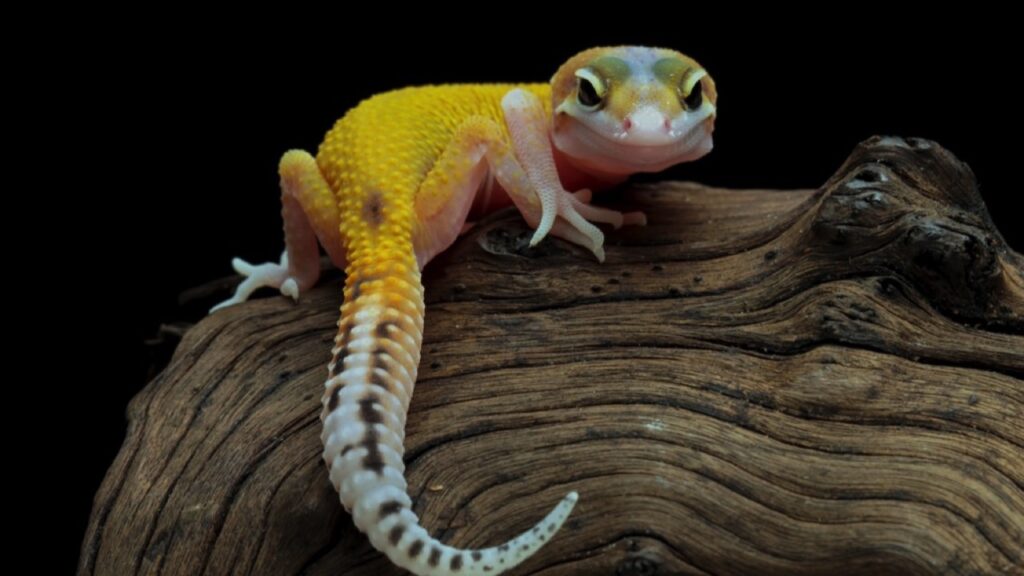
Unlike many other reptiles, leopard geckos are nocturnal and have excellent night vision. They have vertical slit pupils that can open wide in low light conditions. These geckos also use their acute sense of smell and ability to detect vibrations to locate insects and small vertebrates. Leopard geckos have specialised toe pads covered in microscopic hairs called setae, which allow them to climb vertical surfaces and stalk prey in three dimensions.
Great Horned Owl
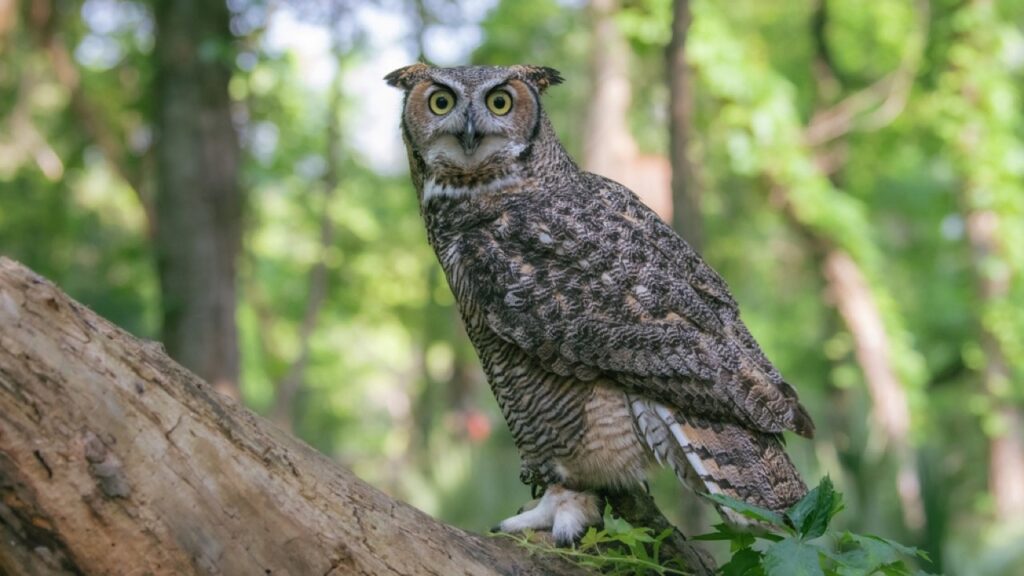
Great horned owls have incredible hearing, with asymmetrical ear openings that help them pinpoint the exact location of sounds. Their large eyes are fixed in their sockets, but they can rotate their heads up to 270 degrees to scan their surroundings. These adaptations make them formidable night-time hunters. Great horned owls also have specialised flight feathers that muffle the sound of their wings, allowing them to swoop down on prey silently.
Fishing Cat
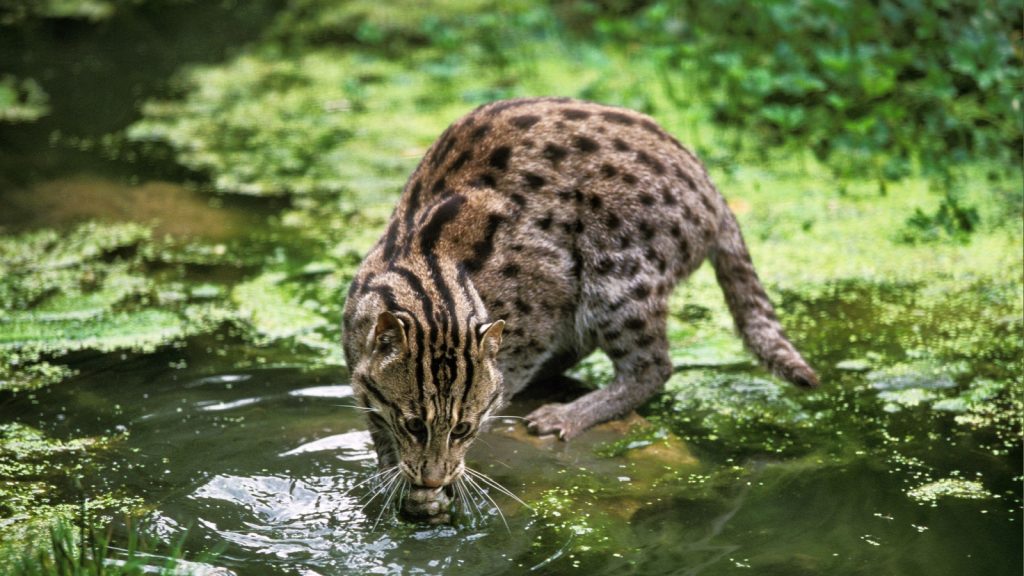
These unusual felines are well-adapted to hunting in and around water at night. Fishing cats have partially webbed feet and water-resistant fur. They use their acute night vision and sensitive whiskers to detect fish swimming beneath the surface, often scooping them out with their paws. Their short, muscular tails act as rudders, helping them navigate through water with precision while stalking aquatic prey.
Kiwi
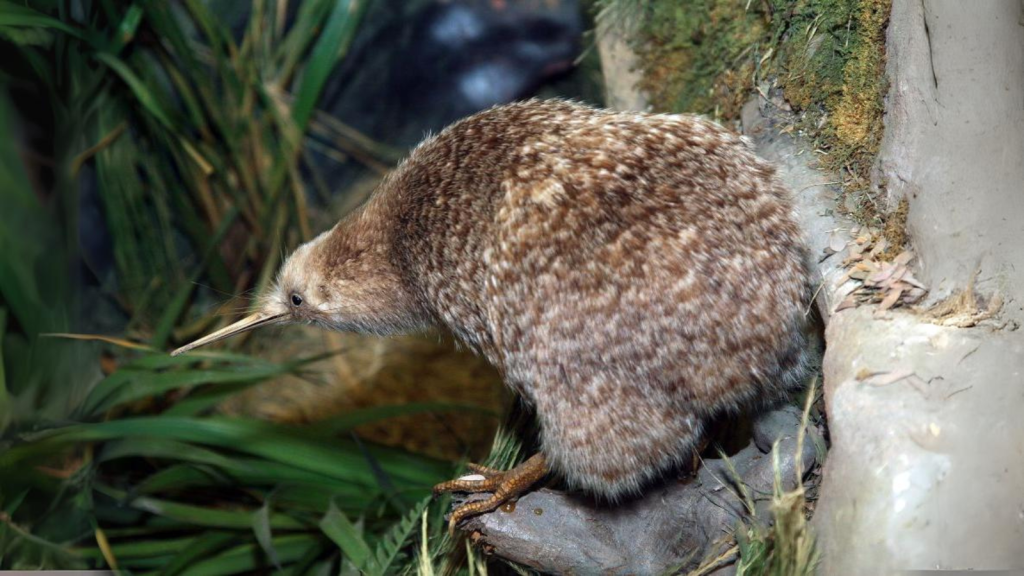
Despite being flightless, kiwis are skilled nocturnal hunters. They have an excellent sense of smell, with nostrils located at the tip of their long beaks. Kiwis use this keen sense, along with their ability to detect vibrations in the ground, to find worms and insects hidden in the soil. Their strong legs and sharp claws allow them to dig efficiently, extracting prey from up to 15 centimetres below the surface.
African Civet
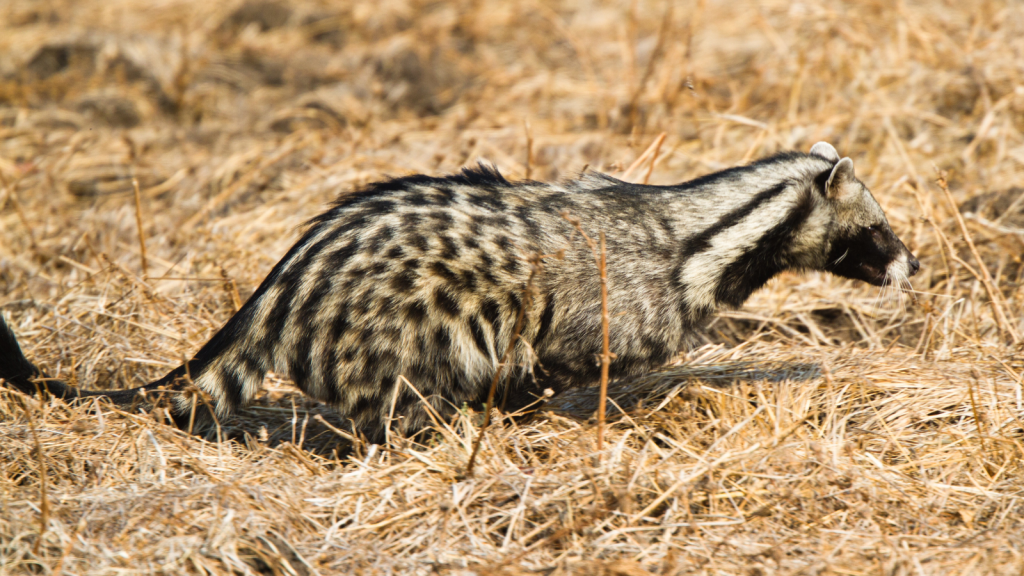
African civets have excellent night vision and a keen sense of smell. They are omnivorous and opportunistic feeders, using their sharp claws and teeth to catch small animals. Civets also have a unique ability to produce musk, which they use to mark their territory and communicate with other civets. Their distinctive black and white markings serve as camouflage in moonlit forests, breaking up their outline and making them harder for prey to spot.
Scorpion
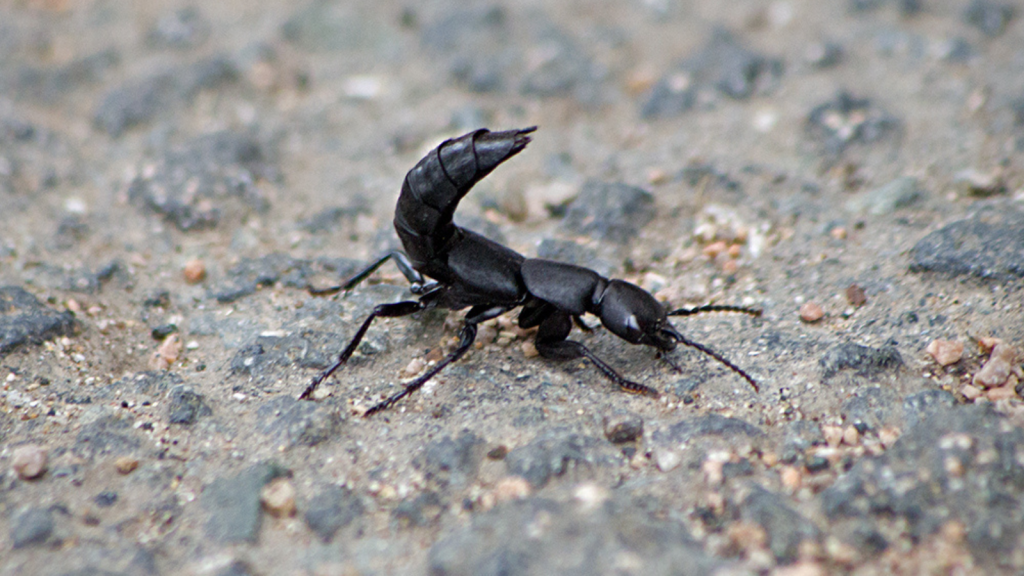
Scorpions have poor eyesight but are equipped with sensitive hairs on their pincers and legs that can detect the slightest vibrations. Some species can even sense the electrical fields produced by nearby insects. Scorpions use their powerful pincers to grab prey before delivering a venomous sting. Many scorpion species glow under ultraviolet light due to chemicals in their exoskeleton, which may help them detect and avoid harmful UV radiation.
Tarsier
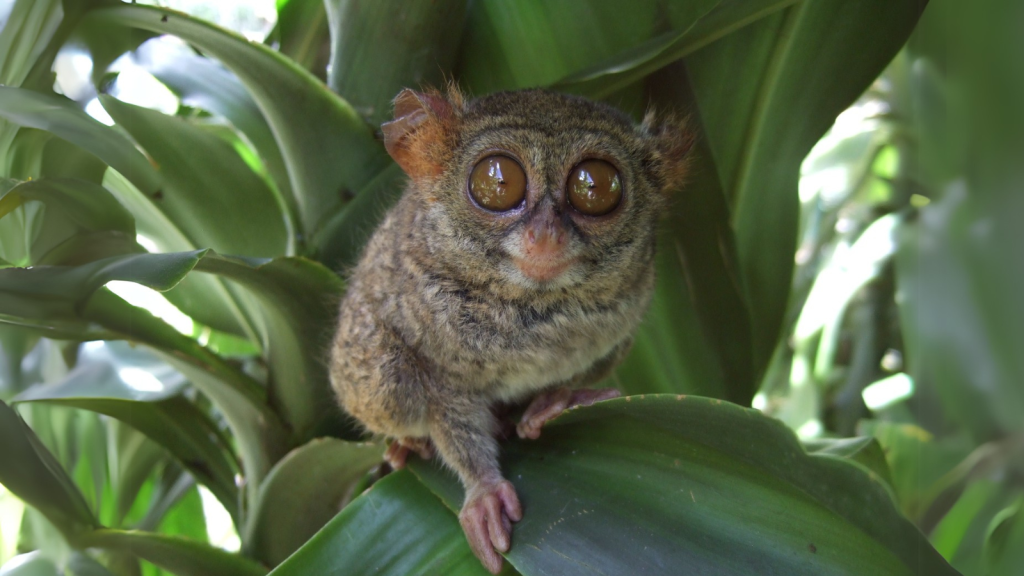
These small primates have enormous eyes relative to their body size, giving them exceptional night vision. Tarsiers can rotate their heads 180 degrees in either direction, allowing them to scan their surroundings without moving their bodies. They mainly hunt insects, using their long fingers to snatch prey mid-air. Tarsiers’ eyes are so large that they can’t move them in their sockets, so they have evolved extra-flexible necks to compensate.
Common Nighthawk
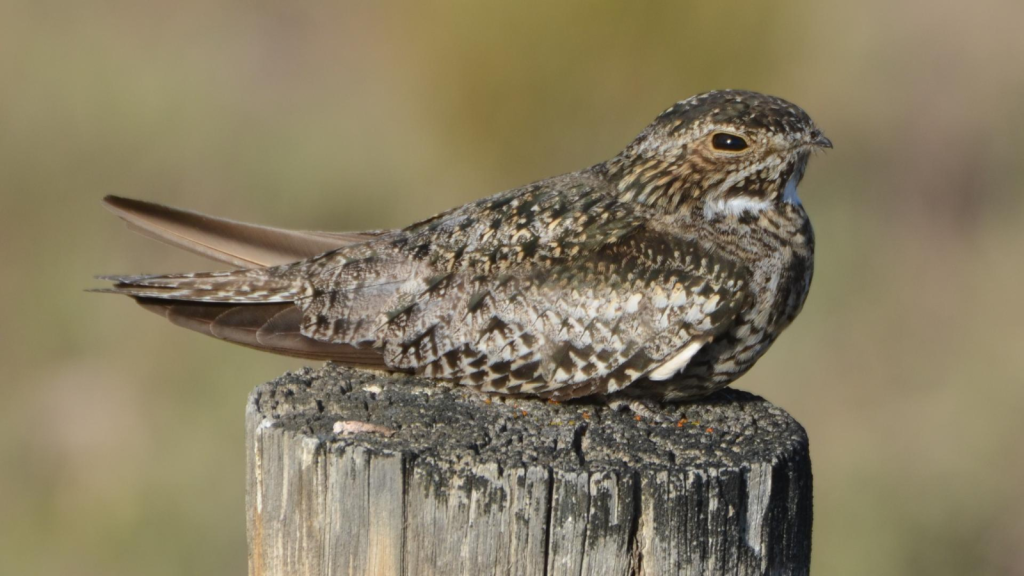
Despite their name, nighthawks are most active at dusk and dawn. They have large eyes and a wide mouth perfectly suited for catching flying insects. Nighthawks use their excellent aerial skills to chase down moths and other flying insects, often scooping them up in mid-flight. Their wings have white patches that reflect light, which may serve to startle insects and make them easier to catch.
Margay
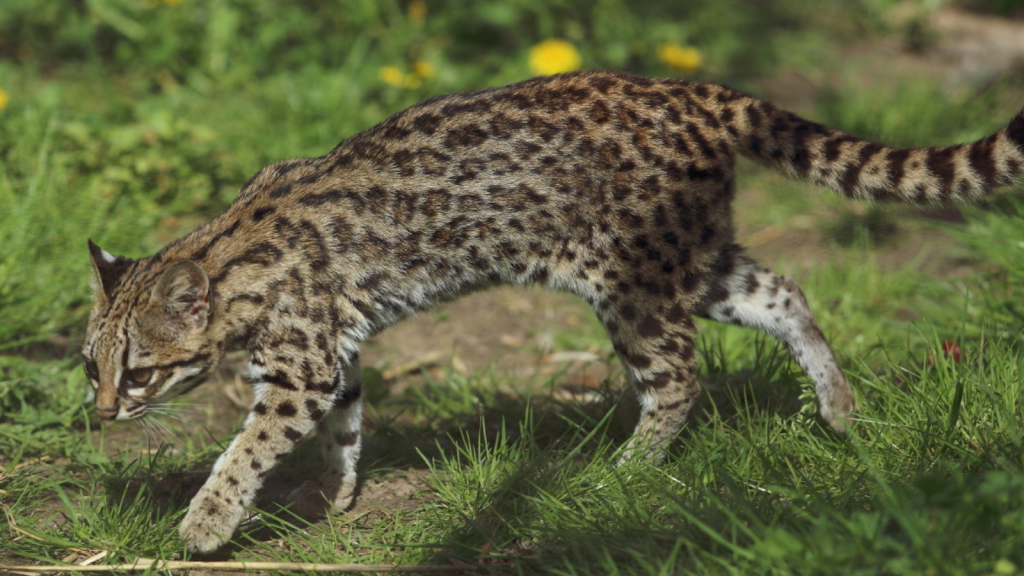
Margays are small wild cats with large eyes adapted for night vision. They are incredibly agile, able to climb headfirst down tree trunks and even hang by one hind foot. This agility, combined with their keen senses, makes them excellent hunters of small mammals and birds in the forest canopy. Margays have extremely flexible ankle joints that can rotate up to 180 degrees, allowing them to grasp branches securely while moving through trees.
Slow Loris
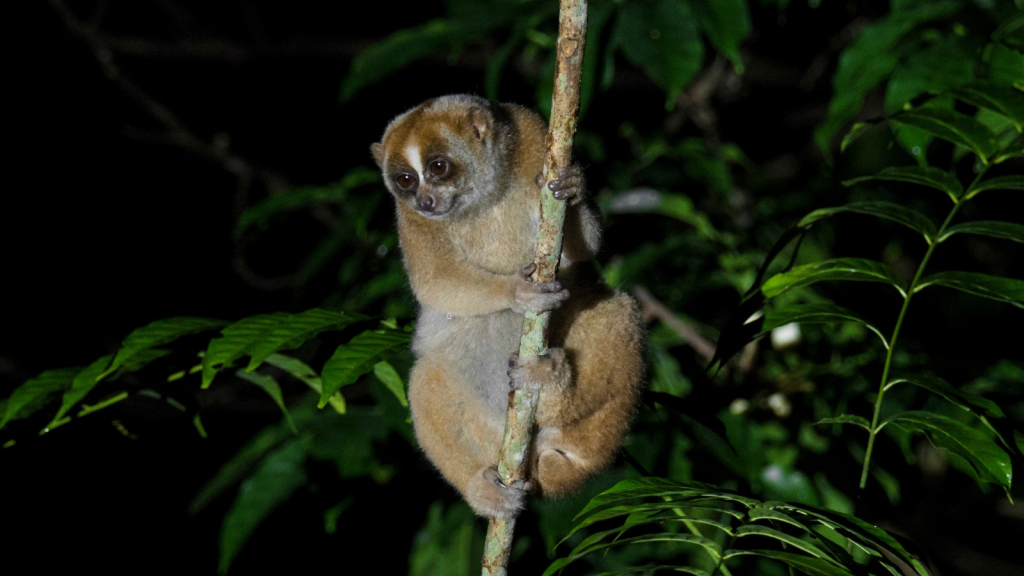
These small primates have large, forward-facing eyes that give them excellent depth perception in low light. Slow lorises have a venomous bite, a rarity among mammals. They use their acute night vision and strong grip to catch insects, small vertebrates, and even birds while moving slowly and deliberately through the trees. Their venom is produced by combining oil from a gland on their arm with their saliva, creating a potent defensive weapon that can also be used to subdue prey.
Becky is a fervent wildlife enthusiast and pet care expert with a diploma in canine nutrition. Her love for animals stretches beyond the domestic, embracing the wild tapestry of global fauna. With over a decade of experience in animal welfare, Becky lends her expertise to OutlandishOwl through insightful articles, captivating wildlife information, and invaluable guidance on pet nutrition. Her work embodies a deep commitment to understanding the intricate lives of animals and a passion for educating others on sustaining natural habitats. Becky's hands-on conservation efforts and her knack for translating complex dietary science into practical pet feeding tips make her an indispensable voice for creatures great and small.




